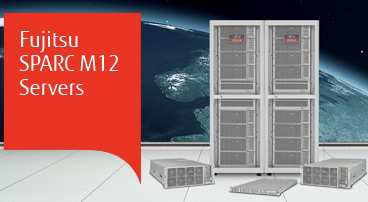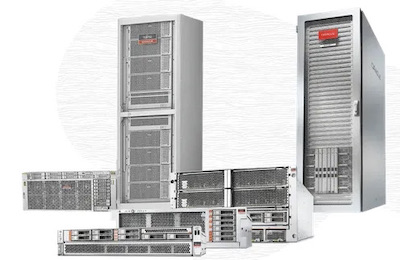5 Reasons to consolidate your Solaris workloads on Fujitsu SPARC
There are two certainties in computing. First, the volume of data you hold will continue to grow exponentially. Second, your business will need to put that data to work to increase efficiency, develop new products and services, better serve your customers and strengthen profits. For Solaris workloads, this will require new levels of scalability and […]
5 Reasons to consolidate your Solaris workloads on Fujitsu SPARC Read More »



